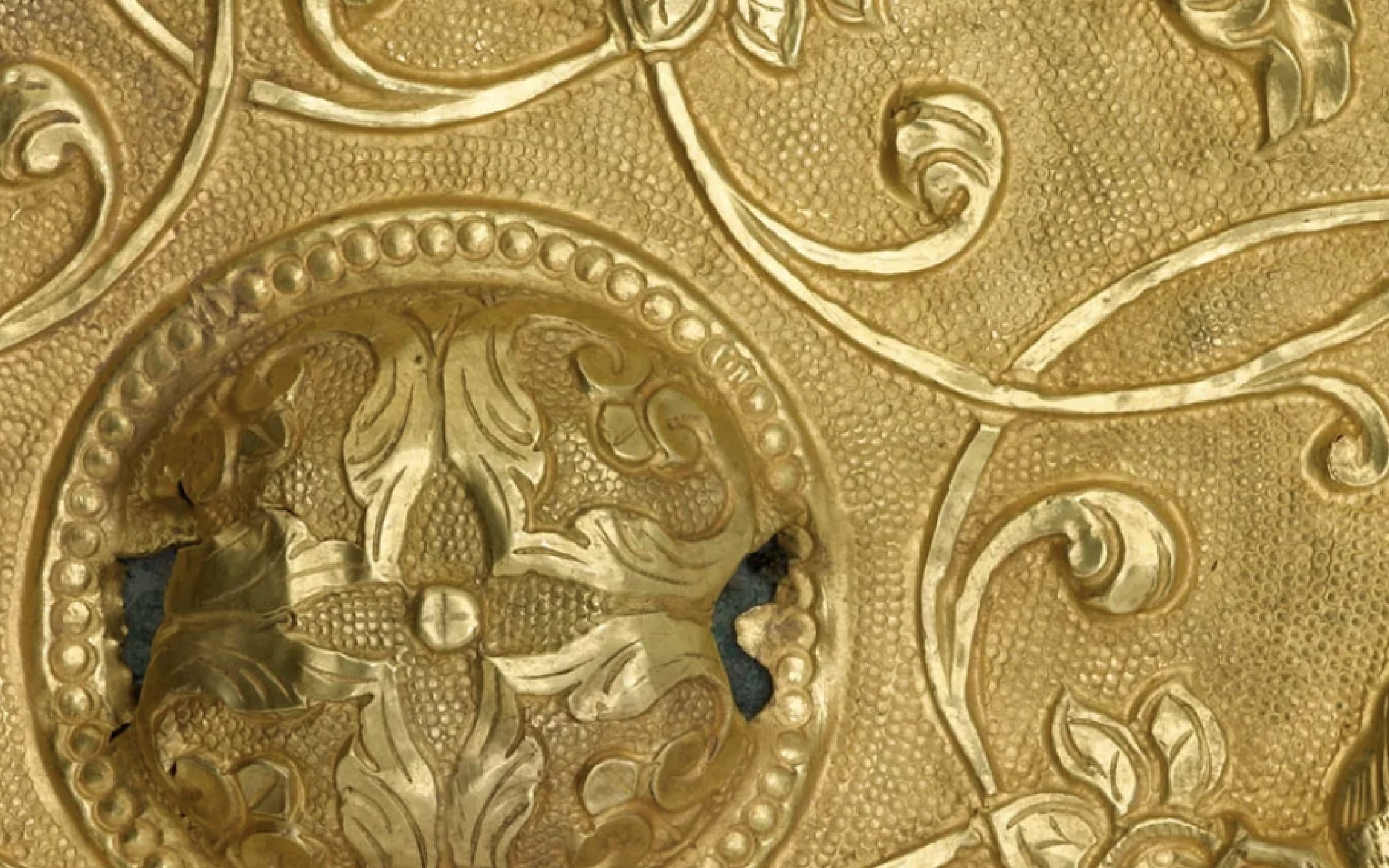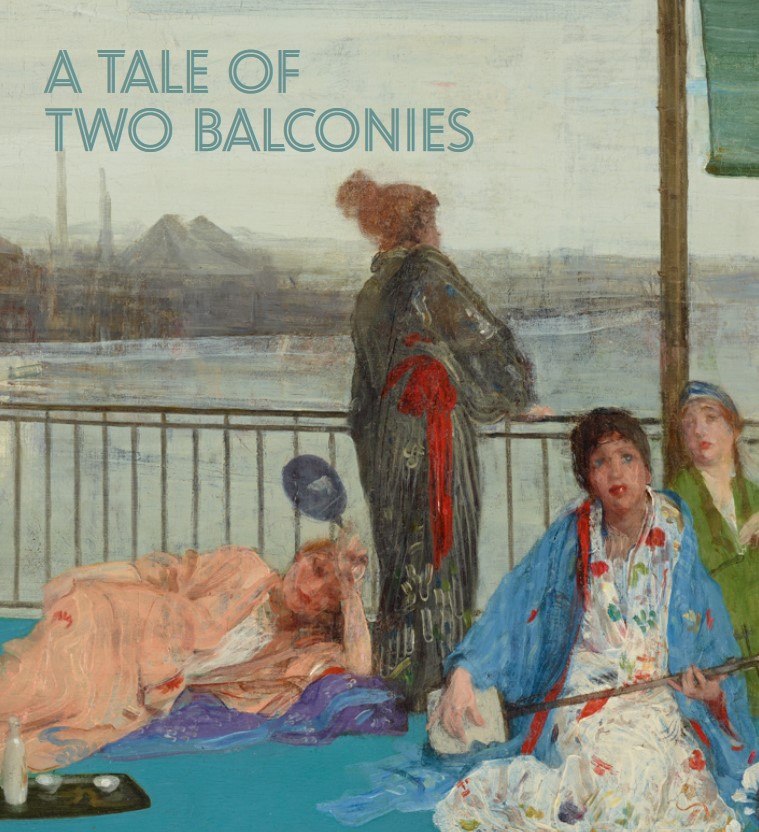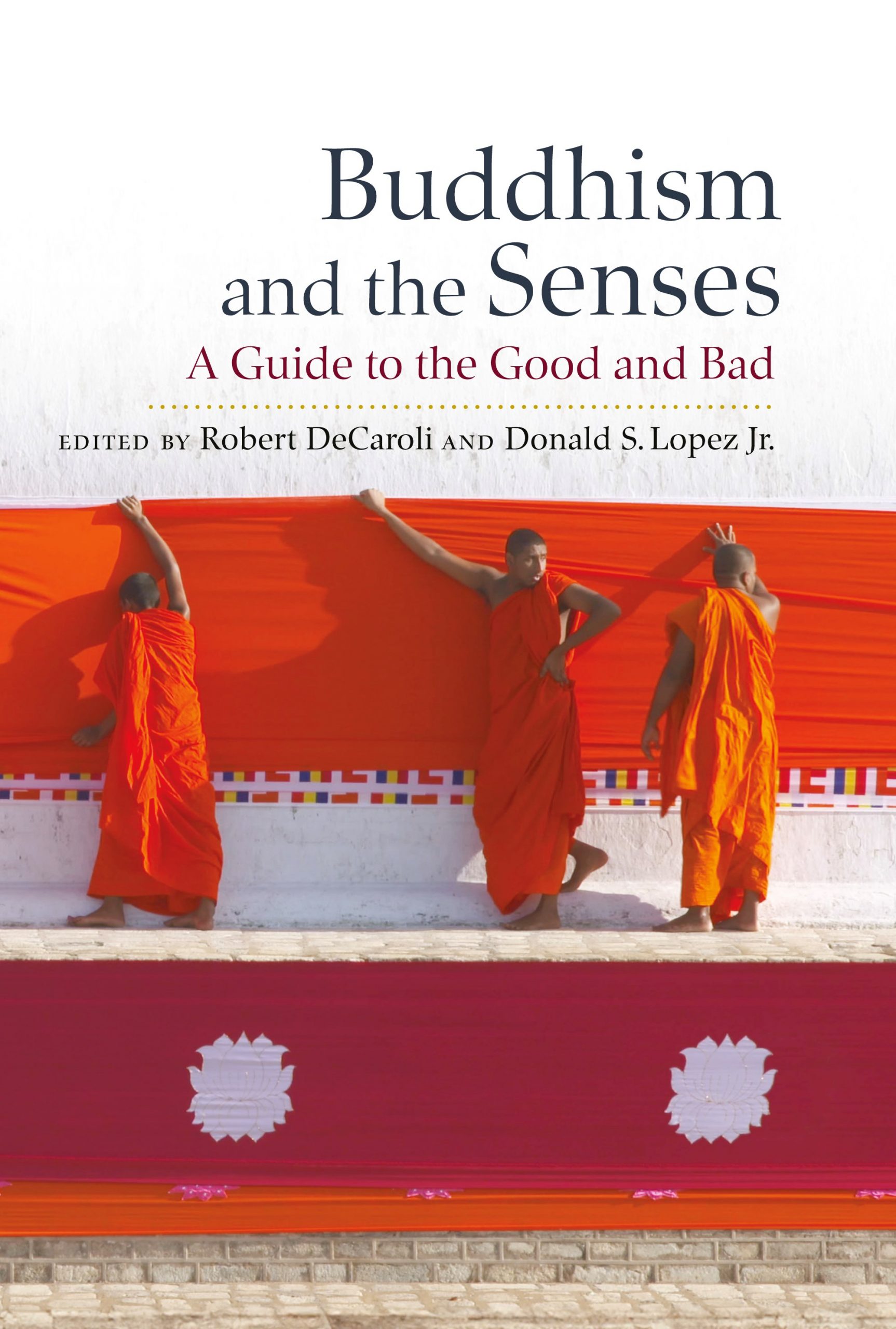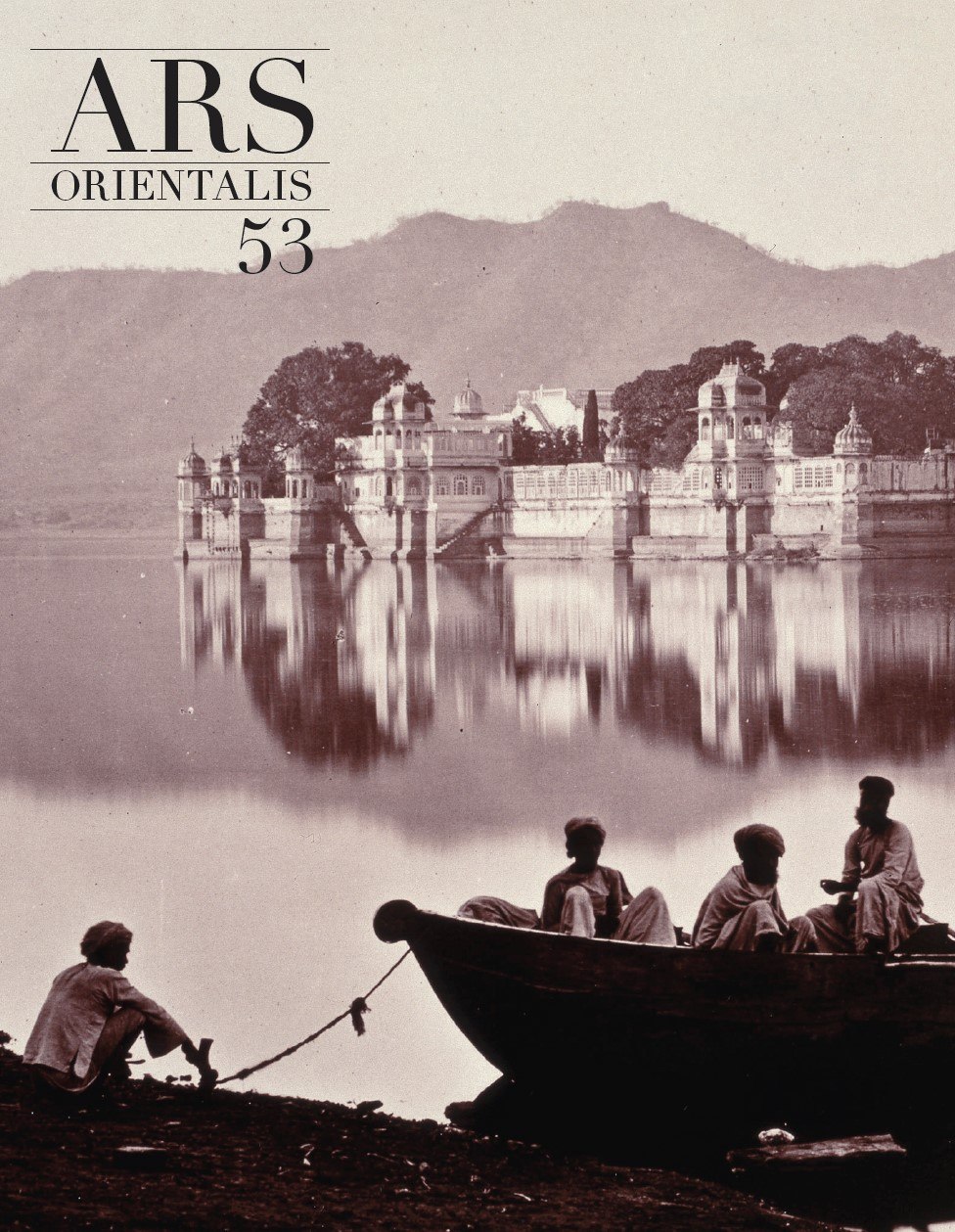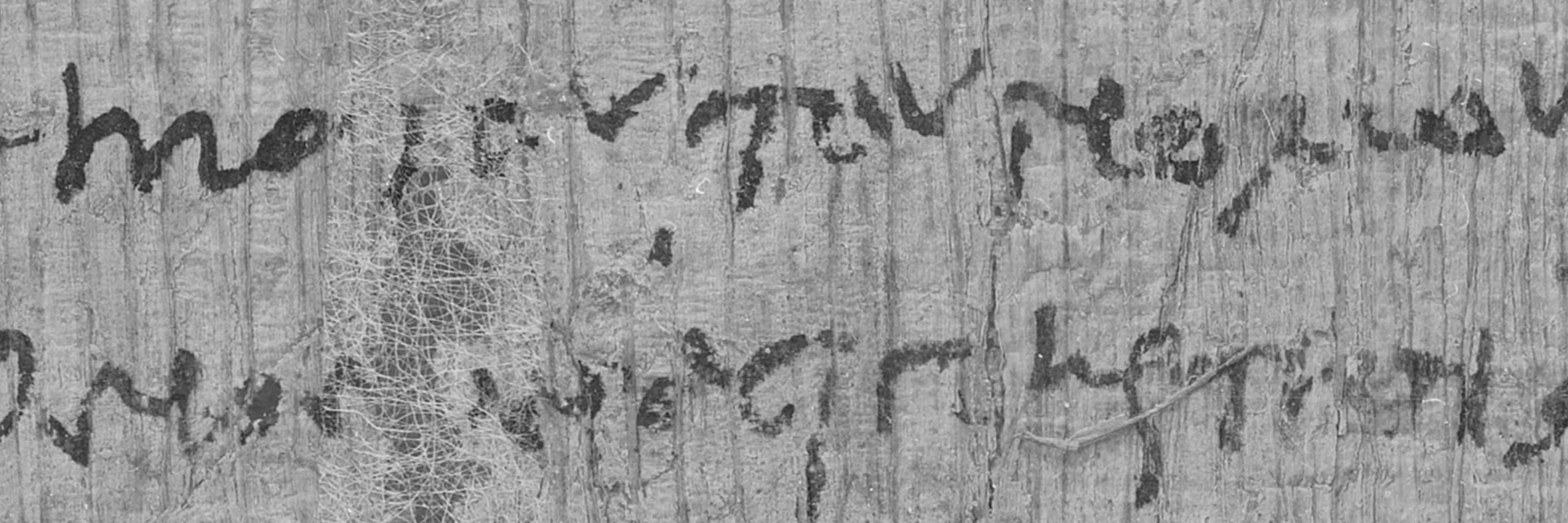The Freer Research Center: A New Chapter in a Long History of Scholarship at NMAA
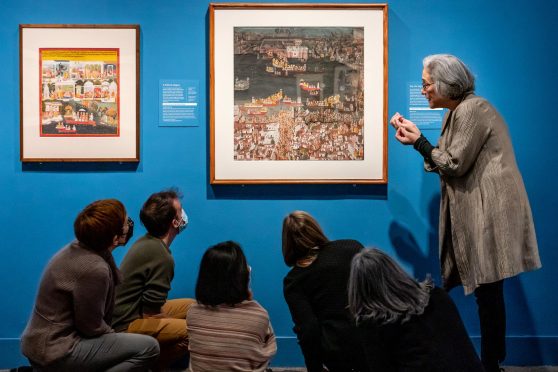
August 15, 2024 | National Museum of Asian Art
The newly established Freer Research Center at the National Museum of Asian Art embodies the institution’s long-standing tradition of scholarship. Our goals include:
- Expand our national and international outreach and serve as a dynamic forum for studying both Asian art and American art of the Aesthetic Movement from a cross-disciplinary perspective
- Strengthen our already robust in-person, online, and hybrid programs, including talks, workshops, and symposia, to foster a vibrant research community
- Diversify our publication series and share new scholarship in the field, nationally and internationally
- Develop innovative digital tools and collaborative research methods to disseminate knowledge about Asian and American visual culture
Since its inception, the museum has been dedicated to promoting innovative research and functioning as a place where students, scholars, and the interested public can gather to learn about different cultures and the “points of contact” between them. In 1906, museum founder Charles Lang Freer (1854–1919) offered his collection to the Smithsonian “with special regard for the convenience of students and others desirous of an opportunity for uninterrupted study of the objects.”
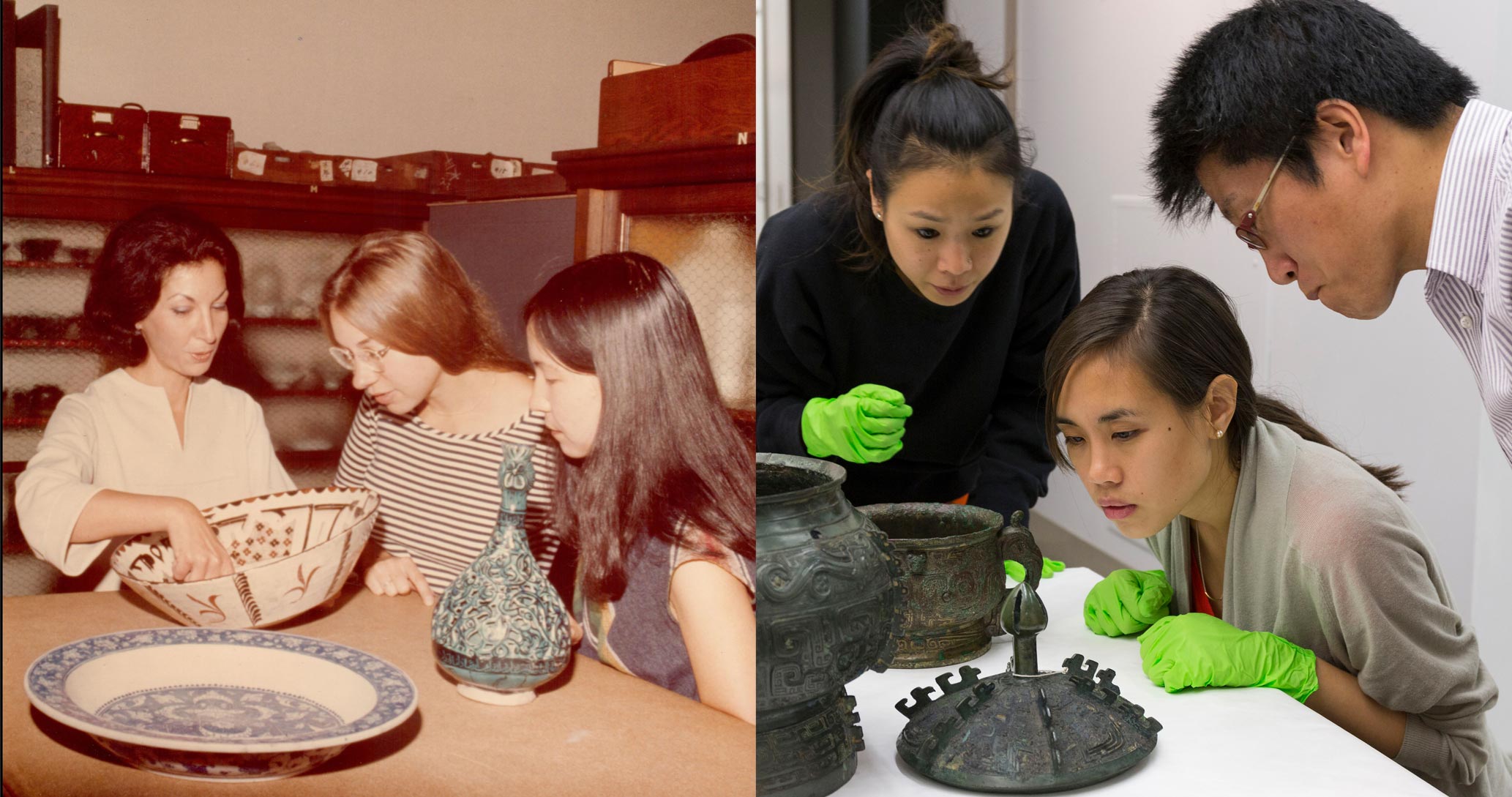
Now part of the Smithsonian’s National Museum of Asian Art, the Freer Gallery of Art opened its doors to the public in May 1923 as the first art museum on the National Mall in Washington, DC. In the 1950s, we established one of the first conservation and scientific research departments, devoted to the analysis of works of art, their materials, and their condition. Today, the Freer Research Center collaborates with the Department of Conservation and Scientific Research to hold convenings and to publish and disseminate new findings on scientific and material aspects of the visual arts.
In addition to publishing groundbreaking exhibition catalogues, the museum has regularly published an array of scholarly works. These include collections catalogues, peer-reviewed monographs, and the Freer Occasional Papers series, dedicated to studies of the museum’s permanent holdings. In 1951, we joined with the University of Michigan to copublish Ars Orientalis, the first United States–based journal dedicated to Asian art and one of the most prestigious of its kind in the field. This partnership continues today, and Ars Orientalis is available in print as well as online through open access. The Freer Research Center will continue to offer a range of publications addressing current issues in Asian visual and material culture as well as in American art of the Aesthetic Movement.
Recent publications from the Freer Research Center:
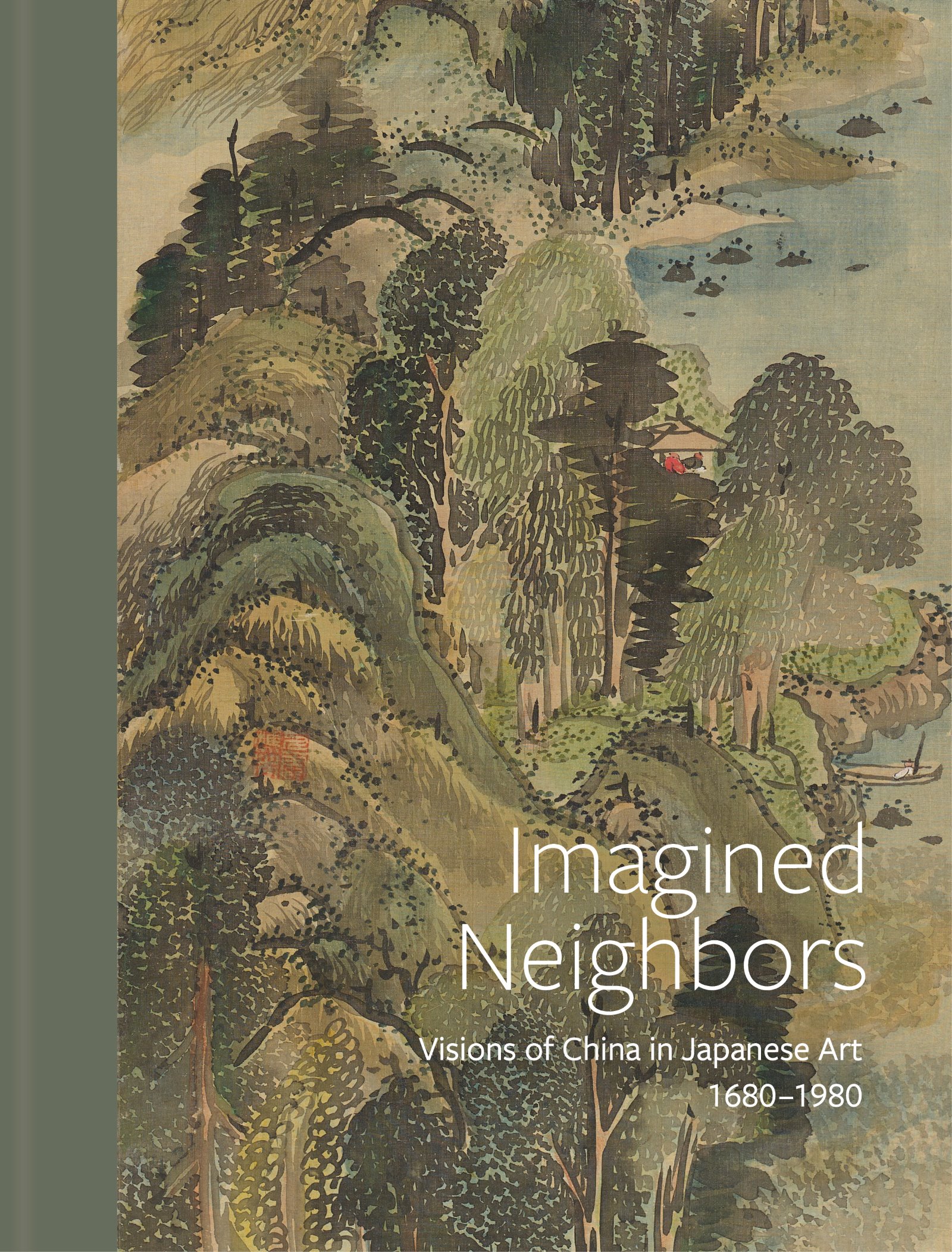
Imagined Neighbors: Visions of China in Japanese Art, ca. 1680–1980
Image 3 of 5
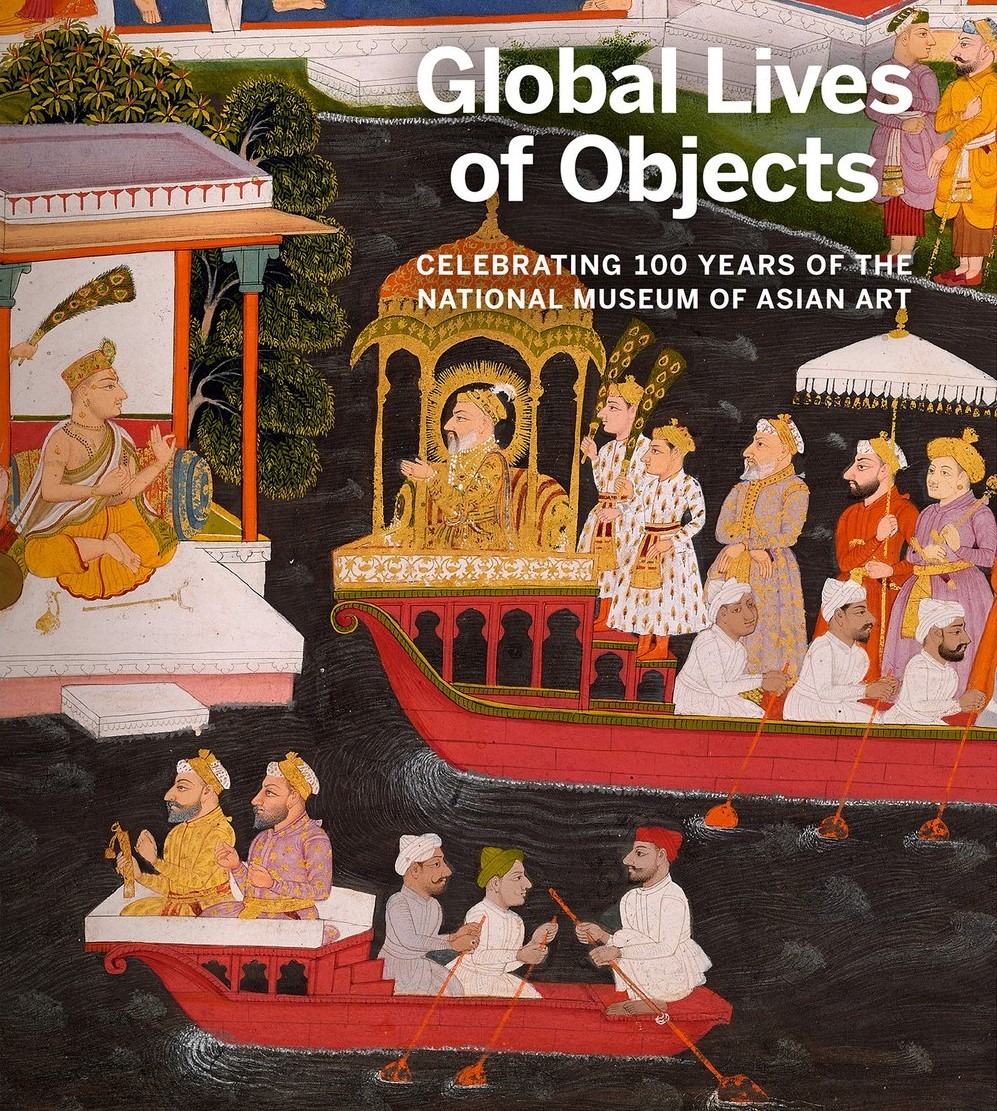
Global Lives of Objects: Celebrating 100 Years of the National Museum of Asian Art
Image 5 of 5
The museum has hosted over two hundred fellows, from senior scholars to graduate students at the beginning of their career. Our symposia, workshops, and lectures generate important conversations about new methodology and future directions. The Freer Research Center will provide additional opportunities to exchange innovative ideas and strengthen our scholarly community.
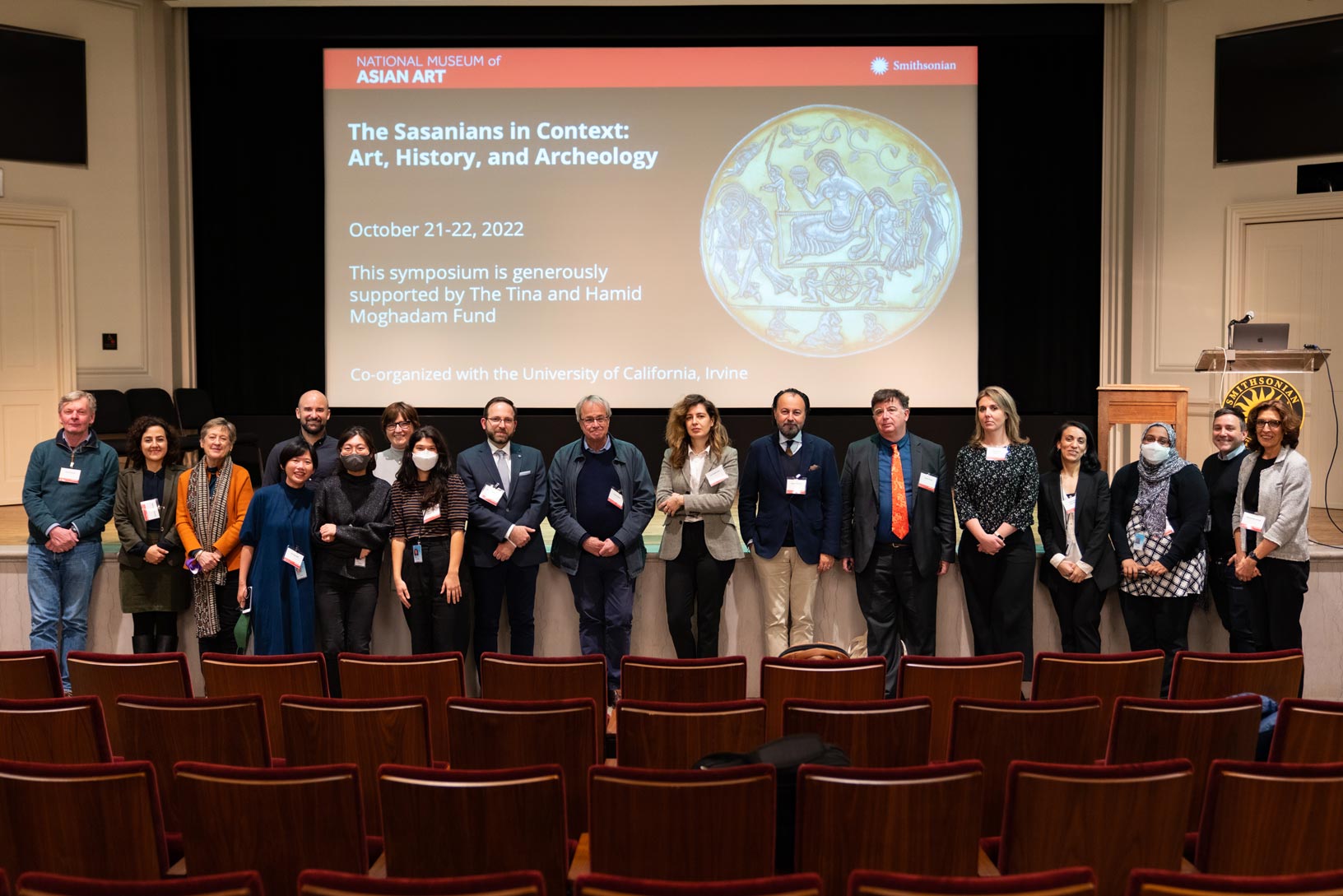
The Freer Research Center will serve as a place for stimulating collaborative projects, innovative scholarship, and lively dialogue that will shape and invigorate the future of the field. Learn more about the Freer Research Center at the National Museum of Asian Art.

